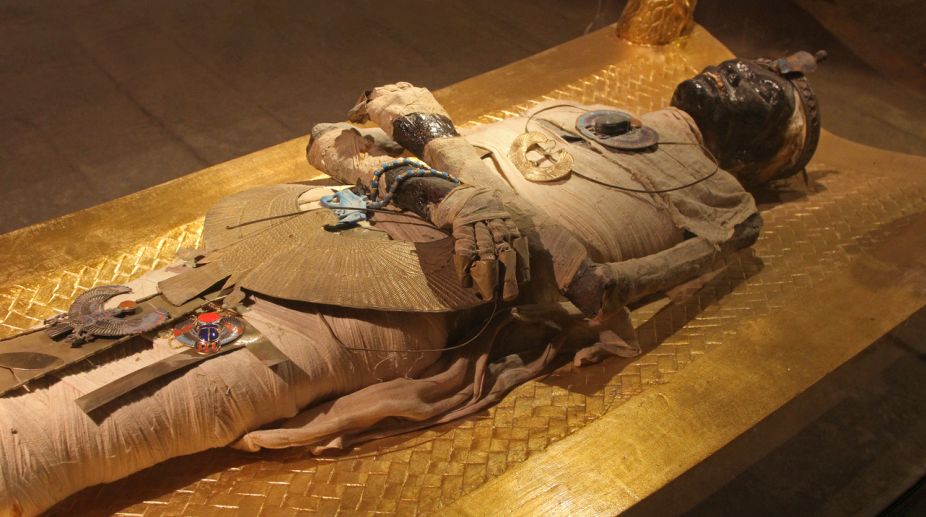Researchers have reconstructed the face and brain of a 3,500-year-old Egyptian mummy, revealing a unique embalming treatment used for preserving the dead.
The remains belong to Nebiri, an Egyptian dignitary who lived under the reign of the pharaoh Thutmoses III (14791425 BC) and consist of a well-preserved head and canopic jars containing internal organs.
Advertisement
Nebiri's mummy became famous two years ago when he was diagnosed with the oldest ever case of chronic heart failure.
“He was between 45 and 60 years old when he died. His tomb in the Valley of the Queens was plundered in antiquity and his body deliberately destroyed,” said Raffaella Bianucci from the University of Turin in Italy.
In 1904, Italian Egyptologist Ernesto Schiaparelli found what remained of the mummy, now housed at the Egyptian Museum in Turin.
The researchers produced an impressive facial approximation using a type of computed tomography and facial reconstruction techniques, 'Live Science' reported.
Nebiri appears as a man with a prominent nose, wide jaw, straight eyebrows and moderately thick lips.
His mummified head is the result of a “perfect packing,” researchers said.
“The meticulous packing created a barrier to protect the body from insect colonisation. At the same time, it had a cosmetic purpose, allowing the facial features and neck to maintain their original lifelike appearance,” Bianucci said.
The research was published in the journal Forensic Science, Medicine and Pathology.











